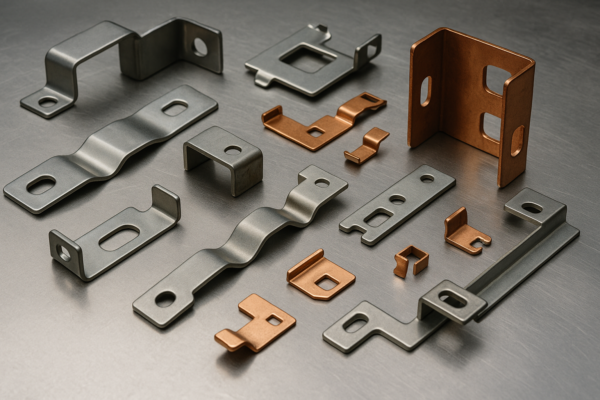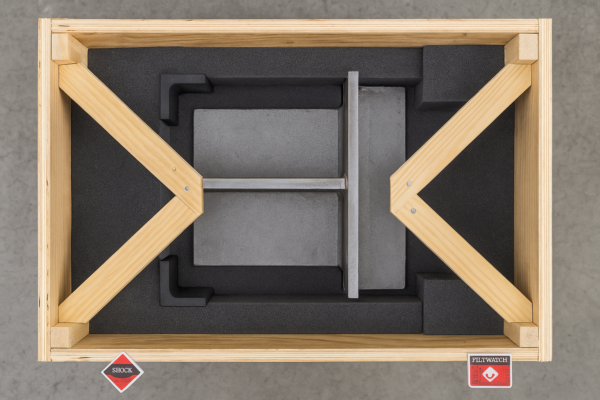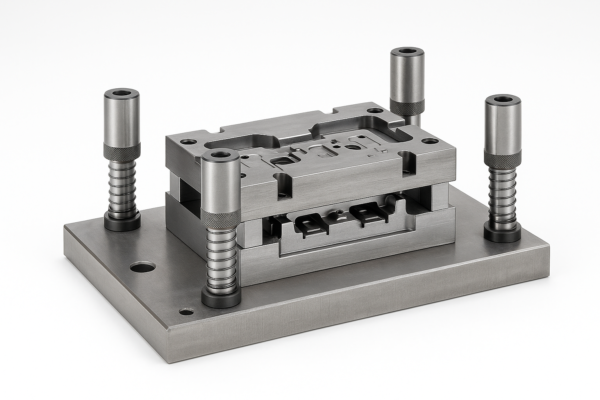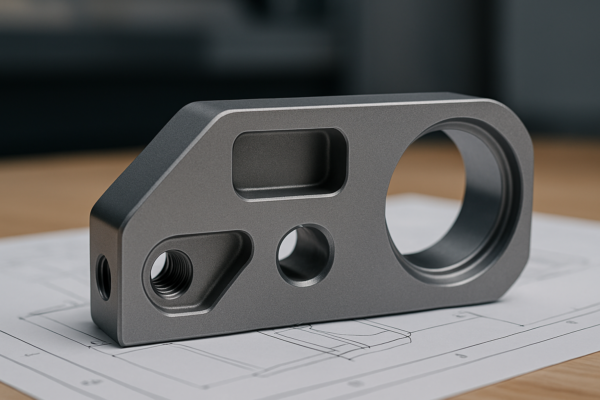How Many Amps Do You Need to Stick Weld Aluminum?
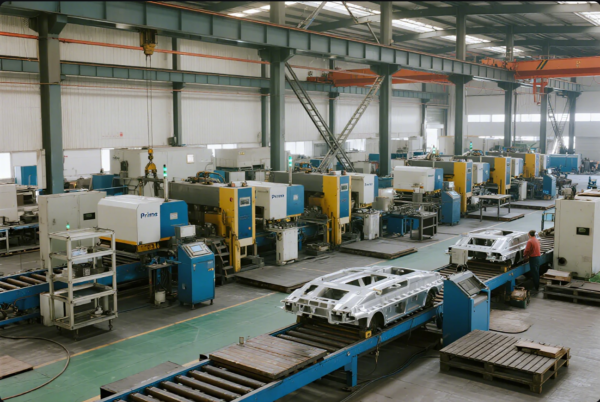
When it comes to stick welding aluminum, many buyers and engineers worry about poor weld quality, incorrect amperage, and unstable results. In my years of helping industrial clients, I have witnessed missed delivery deadlines, rework, and wasted materials simply because the right amperage was not selected or communicated clearly. The choice of amps directly affects fusion, appearance, and the long-term performance of welded aluminum components.
Generally, stick welding aluminum requires 150–200 amps for most jobs, but this range varies. Amperage selection depends on the thickness of the aluminum, the electrode size, and the specific requirements of your application. Use an AC welder and make sure you use the right type of rod. Always test with sample pieces first and adjust based on actual weld results.
Let’s walk through the factors that matter in every real project, including amperage calculation, electrode choice, equipment setup, and common industrial pain points. I will also show you how Prime supports global B2B buyers with reliable guidance and fast delivery.
Table of Contents
- How Many Amps to Stick Weld Aluminum?
- Key Factors That Affect Aluminum Welding Amperage
- What Current Do You Need to Weld Aluminum?
- How Many Amps Does Aluminum Welding Use in Industry?
- What Amperage to Weld with a 7018 Rod?
- Optimizing Weld Quality for Mass Production
- Common Mistakes and How to Avoid Them
- FAQs about Aluminum Stick Welding
- Contact Prime: Your Trusted Metal Parts Supplier
How Many Amps to Stick Weld Aluminum?
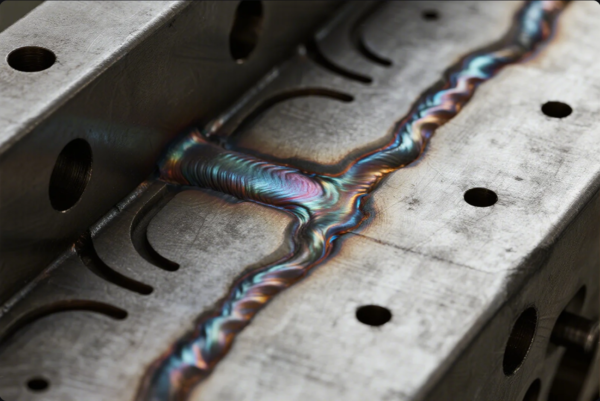
Aluminum stick welding can be tricky, especially when buyers receive conflicting information from different suppliers or find little data about non-steel welding. Even experienced welders may get poor results if amps are too high or too low. The optimal range for most industrial stick welding of aluminum is:
- 180–210 amps for 1/8" (3.2mm) electrodes
- 90–130 amps for 3/32" (2.4mm) electrodes
- 220–300 amps for 5/32" (4.0mm) electrodes and thick plates
Remember, the larger the electrode or the thicker the material, the more amps you need. This is true whether you are welding simple brackets or high-strength structural frames. Always use sample coupons and visually inspect for undercut, excessive spatter, or lack of penetration before moving to mass production.
Why Amperage Choice Matters
I have seen many engineers and buyers select amps based only on what a previous supplier told them, leading to inconsistent welds. Amperage that is too low causes poor penetration and weak joints. Amperage that is too high causes warping, excess spatter, and poor surface finish.
A typical selection table is:
| Plate Thickness | Electrode Size | Suggested Amps (AC) |
|---|---|---|
| 1/8" (3mm) | 3/32" | 90–130 |
| 1/4" (6mm) | 1/8" | 180–210 |
| 3/8" (10mm) | 5/32" | 220–300 |
These numbers are validated by top industry sources such as Lincoln Electric, Miller Welds, and ESAB.
Key Factors That Affect Aluminum Welding Amperage
Several important factors influence the ideal amperage setting for your job. These include:
- Material thickness: Thicker materials require higher amps for full penetration.
- Electrode type and diameter: Use E4043 or E5356 for aluminum; larger rods need more current.
- Joint design: Tight gaps need less amperage than wide open joints.
- Welding position: Overhead or vertical welding usually needs less amperage than flat work.
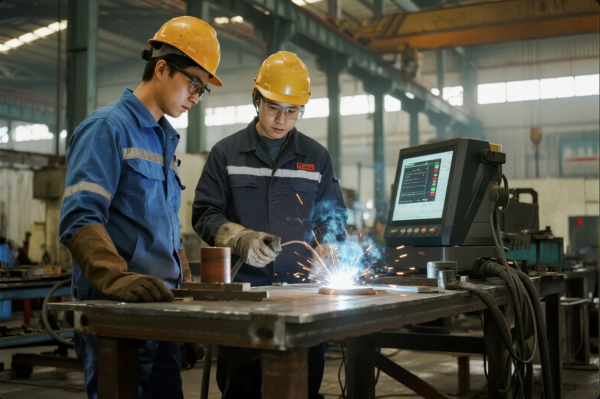
For buyers working on large, repeat orders, Prime always recommends sharing drawings and specific welding requirements. Our technical team can simulate welds and suggest the best setup, which avoids wasted labor and costly rework for your company.
If you want to go deeper, The Fabricator, Weld.com, and Engineering Toolbox provide more context and calculators for the right parameters.
What Current Do You Need to Weld Aluminum?
It is crucial to pick the right current for welding aluminum. Most clients are surprised how much a simple power setting can change results.
Aluminum stick welding almost always uses AC (alternating current).
Nearly all aluminum electrodes are made for AC, and using DC creates an unstable arc, lots of spatter, and poor welds. Always check your equipment’s capabilities.
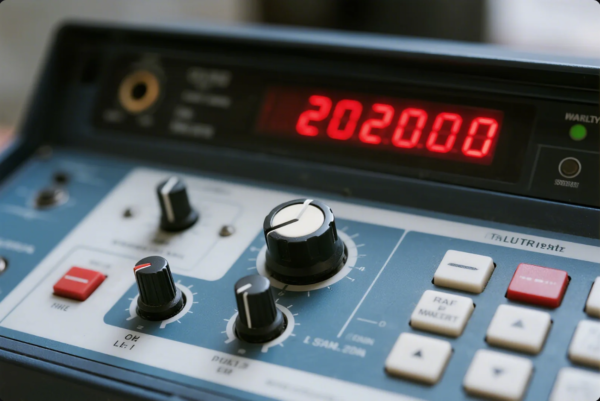
Deeper Look: AC vs. DC for Aluminum
At Prime, we have tested all mainstream rods and machines. The results are consistent:
| Current Type | Arc Stability | Weld Quality | Electrode Compatibility |
|---|---|---|---|
| AC | Stable | Smooth | Good for aluminum |
| DC | Unstable | Spattery | Rarely suitable |
We strongly advise our global clients to invest in a modern AC-capable machine or to confirm their supplier’s setup before finalizing a contract. For more background, see weldingpros.net, Kemppi, and AWS.
How Many Amps Does Aluminum Welding Use in Industry?
Buyers sometimes focus too much on machine specs. They want to know if their current shop equipment or new procurement will cover all scenarios. My answer is always: “It depends on your application.”
Industrial aluminum stick welding often operates between 90–300 amps.
If you work with sheet metal or small brackets, you may only need 90–130 amps. If you are making pressure vessels, bridges, or equipment frames, you may need up to 300 amps.
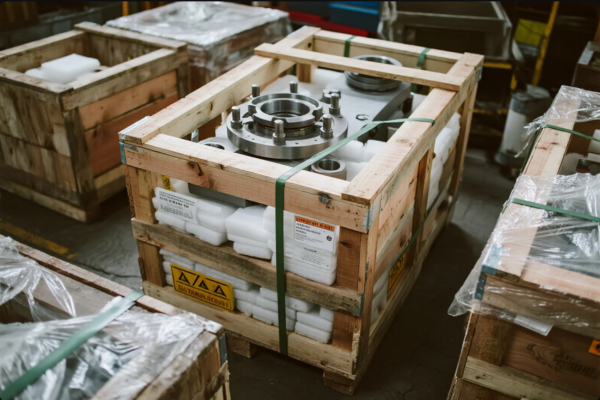
Dive Deeper: Equipment Sizing and Energy Cost
Selecting the right power source can lower your energy bill and speed up production. At Prime, we often conduct a power usage audit for our B2B clients, helping them choose welding machines that avoid excessive idle losses and reduce operating costs.
Here’s a quick reference:
| Application | Electrode Size | Amps | Typical Output Power |
|---|---|---|---|
| Small assembly | 3/32" | 90–130 | 2–4 kW |
| Equipment frames | 1/8" | 180–210 | 4–8 kW |
| Structural beams | 5/32" | 220–300 | 8–12 kW |
For energy-saving and green manufacturing advice, review Hypertherm, Metalsupermarkets, and Alcotec.
What Amperage to Weld with a 7018 Rod?
Many B2B buyers still confuse rod types. “Can I use 7018 rods for aluminum?” The answer is always no. 7018 is a low-hydrogen electrode for mild steel, not aluminum.
For aluminum, always use E4043 or E5356 rods. For 1/8" aluminum electrodes, set 180–210 amps. Don’t try to weld aluminum with 7018 rods or you’ll get weak, porous joints.
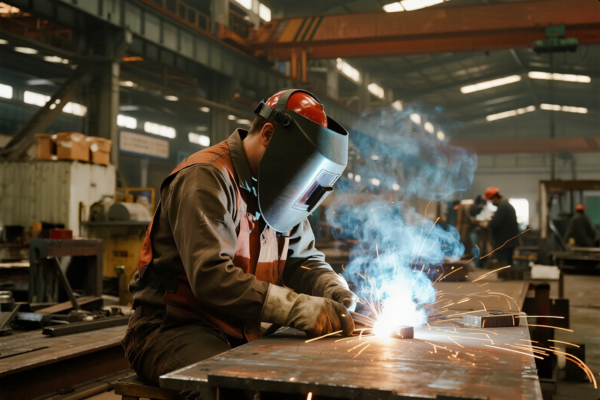
Most non-experts do not realize that electrode flux is customized for specific metals. Using steel rods on aluminum, or vice versa, results in immediate weld failure.
Prime’s team ensures that all jobs use the right consumables—this is why our defect rates are among the lowest in the industry. We guarantee batch traceability and provide full ISO 9001:2015 and SGS compliance for all parts.
Comparison Table: Rods & Typical Amps
| Electrode Type | Material | Typical Amps (1/8") | Application |
|---|---|---|---|
| 7018 | Carbon Steel | 120–180 | Steel fabrication |
| E4043 | Aluminum | 180–210 | General aluminum use |
| E5356 | Aluminum | 180–210 | High-strength aluminum |
More technical details are available at weldingtipsandtricks.com, Welders Supply, and Harris Products Group.
Optimizing Weld Quality for Mass Production
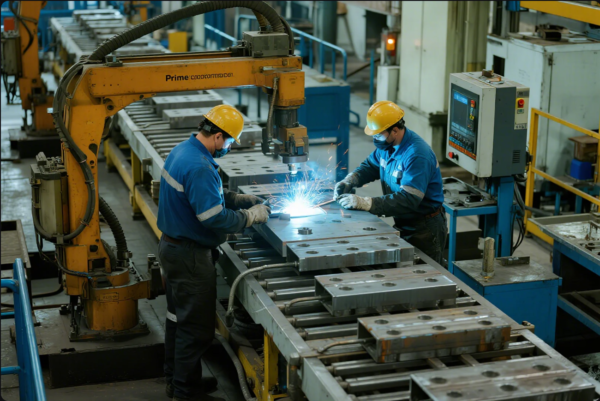
B2B buyers need more than a single perfect weld—they need thousands of consistent, high-quality welds for every shipment.
Prime uses real-world testing, digital process monitoring, and SPC analysis to control every critical parameter: amps, speed, temperature, and bead profile. Our teams record every lot, and all test coupons are archived for 2 years for full traceability.
If you are planning a large-volume order, our engineers can:
- Recommend the right amperage for every part and joint
- Customize welding parameters for robots or skilled labor
- Advise on fixturing to keep tolerances tight
- Help you document every weld procedure for internal or third-party audits
Major clients from automotive, machinery, and energy industries choose Prime for our data-driven approach and international experience.
Common Mistakes and How to Avoid Them
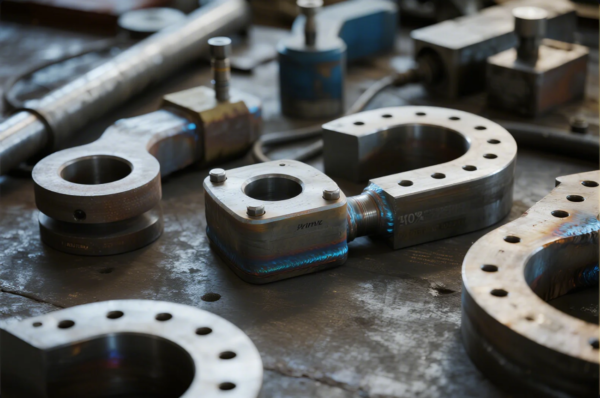
Even experienced engineers sometimes make avoidable mistakes when stick welding aluminum. Some common issues include:
- Choosing the wrong electrode: Never use 7018 for aluminum.
- Wrong amperage setting: Causes burn-through or poor fusion.
- Neglecting AC requirement: DC creates arc instability for aluminum.
- Inadequate cleaning: Oil or oxide layer can ruin a weld.
- Skipping test coupons: Always test before mass production.
Prime helps global customers avoid these pitfalls with technical support, training videos, and one-on-one troubleshooting for urgent projects.
For extra tips, check Weld.com FAQ, MIG-Welding UK, and Reddit Welding Community.
FAQs about Aluminum Stick Welding
What’s the best rod for aluminum stick welding?
Use E4043 or E5356 rods. See Welders Supply and Harris Products Group.
Can you weld aluminum with a DC welder?
No, stick aluminum with AC only. Weldingpros.net, thedrive.com.
How do you avoid burn-through on thin aluminum?
Lower amperage, smaller rod, faster movement. See Welders World and Welding School.
Can Prime make custom stamped, CNC, and cast aluminum parts?
Yes, Prime is a global leader in custom stamping, CNC, casting, fastener, and plastic manufacturing.
Is ISO-certified quality really available in China?
Yes. Prime has ISO and SGS credentials, trusted by Alibaba buyers.
What industries use Prime aluminum parts?
We serve automotive, aerospace, energy, equipment, electronics, and more.
Where can I learn more about welding aluminum?
For advanced learning, visit Lincoln Electric, ESAB Knowledge Center, Weld.com, MIG-Welding UK, and Reddit.
Contact Prime: Your Trusted Metal Parts Supplier
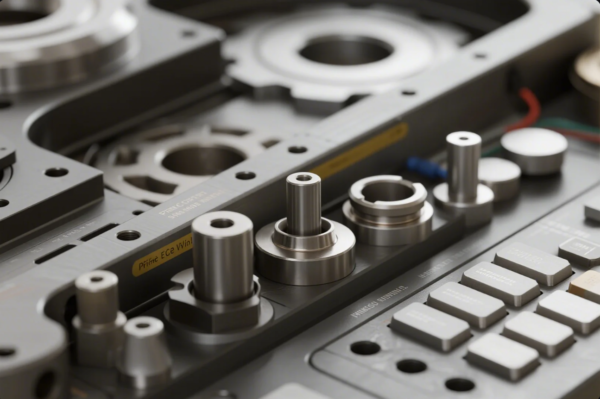
Do you need strong, stable, certified aluminum or metal parts for your business?
Contact us now for a free engineering consultation, 24-hour quotation, and rapid global shipping:
- Website: https://primecustomparts.com/
- Email: [email protected]
Prime delivers to North America, Europe, Australia, the Middle East, and worldwide.
Our one-stop service covers everything from metal stamping, CNC machining, welding, casting, fasteners, and plastic injection. With 10 production lines, ISO9001 certification, and a record of on-time delivery, we help B2B clients keep costs down and quality high.
Learn more about us at LinkedIn, Global Sources, ThomasNet, and Alibaba.
Conclusion
Stick welding aluminum requires precise amperage and correct rods. Prime’s support and customization ensure your business always gets top-quality results. Contact us now for expert consultation and fast, certified supply—your trusted partner in global metal fabrication.

